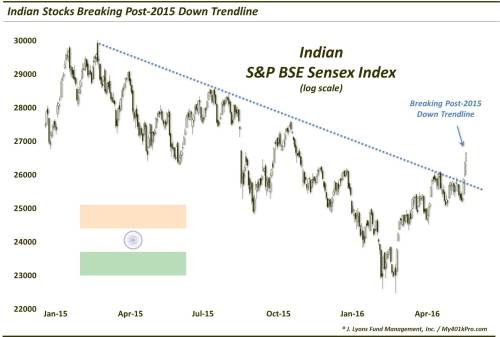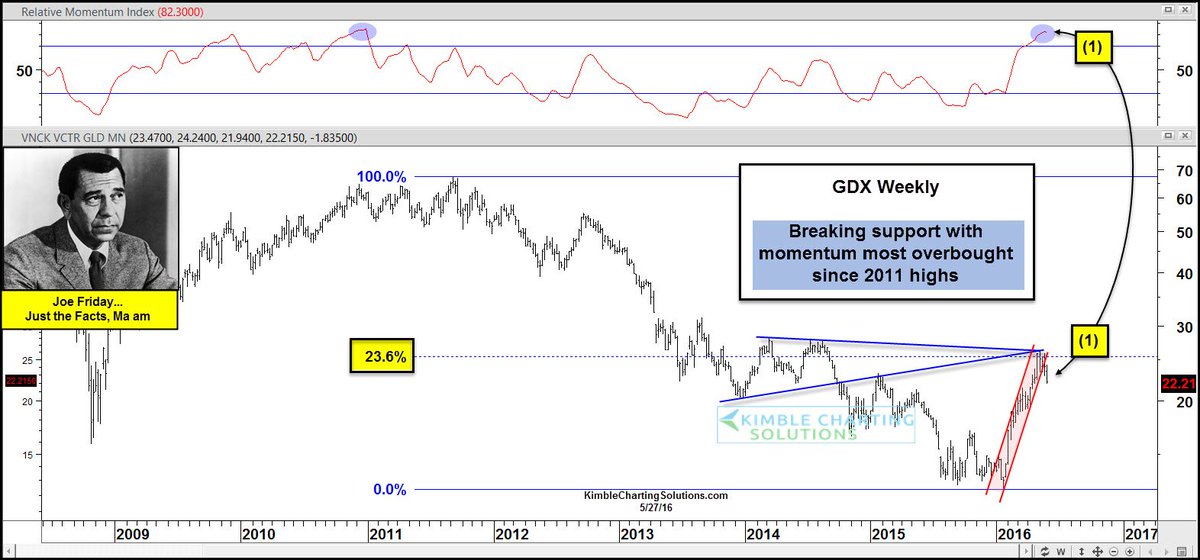Summary – A top-down review of interesting calls and comments made last week in Treasuries, monetary policy, economics, stocks, bonds & commodities. TAC is our acronym for Tweets, Articles, & Clips – our basic inputs for this article.
Editor’s Note: In this series of articles, we include important or interesting Tweets, Articles, Video Clips with our comments. This is an article that expresses our personal opinions about comments made on Television, Tweeter, and in Print. It is NOT intended to provide any investment advice of any type whatsoever. No one should base any investing decisions or conclusions based on anything written in or inferred from this article. Macro Viewpoints & its affiliates expressly disclaim all liability in respect to actions taken based on any or all of the information in this article. Investing is a serious matter and all investment decisions should only be taken after a detailed discussion with your investment advisor and should be subject to your objectives, suitability requirements and risk tolerance.
1. “data dependency a red herring“?
Tim Seymour of CNBC FM said Chair Yellen was “as hawkish as Yellen has ever sounded” in her conversation with Harvard’s Greg Mankiw on Friday. That may be because no one has ever heard Yellen being hawkish. All we heard was that rate hike “may be appropriate in the coming months“. Gundlach was wrong in his guess that Yellen would sound dovish but he proved correct in his last week’s email comment to BTV:
- “The Fed has shifted from, ‘if the data pattern improves we will have the green light to hike,’ to‘unless the data pattern weakens we have the green light to hike,’”
That was the clear impression Yellen left in her remarks. A good succinct expression came from:
- Lisa Abramowicz
@lisaabramowicz1 – This moves the needle. The Fed will hike within the next few months unless something dramatic happens to stop them.
But a rate hike in the next few months is not the story. What is important is how Treasury traders act on what they heard. Rick Santelli was his usual explicit & smart self on Friday afternoon:
- “what they are nervous about, if you look at things objectively, it is not a data-opportune time to raise rates … traders’ conclusion is they want to normalize for reasons that they are necessarily not being absolutely transparent about & that’s what makes them nervous … the strategy they [Fed] are embarking on to normalize is that data dependency may be a red herring …”
Simply stated, data dependency is analyzable & therefore actionable. Speculating on intentions of the Fed is neither. Secondly, raising only one more time to 50 bps is not “normalization” in any one’s lexicon. So what do traders do? Do they price in a series of rate hikes if the data remains at current level or gets stronger? Or if data doesn’t get stronger or turns a bit weaker, do traders bet on Fed making a mistake and flatten the curve? Are Yellen & Co. trying to create the volatility they hate or are they so sick of being trapped?
The Treasury market closed early within a short time of the end of Yellen’s speech. Very few would have wanted to carry large positions into the Memorial Day weekend. So we have to wait for next week for both a real reaction and, of course, for the mother of all economic data.
The Treasury market barely moved on a weekly basis with yields up 1.2 bps – 1.6 bps along the entire curve. And TLT was merely down 28 bps on the week, a week that saw stock indices up 2%-3% & Gold down 3.6%. Interesting, isn’t it?
We ourselves are still unconvinced that Yellen will actually raise rates in June. She is a smart cautious leader and we think, if the markets do her work for her, she will find an excuse to not raise rates in June and settle for hawkish words that people will interpret as a July hike. But we will change our minds if next week’s NFP number forces her hand the way the December 2015 number did.
2. Stocks
The fears seemed to dissipate one by one this week. The new survey showed “Brexremain” comfortably leading “Brexit” and the IMF forced the Greece deal through. And the sentiment numbers fell to levels that suggest a real rally:
- Charlie Bilello, CMT
@MktOutperform Sentiment: % Bulls (AAII poll) March 2009 w/ S&P 55% below its high: 18.9% Today w/ S&P 0.3% below its high: 17.8%

What is going on? Such extreme levels of pessimism so near to an all-time high? And volatility seems getting wrung out like a nearly used up toothpaste tube? Is this “good” low volatility like a “good overbought” condition? It has certainly encouraged big upside targets like S&P 2,250 by July from Mark Newton on CNBC Closing Bell on Thursday. Newton does think the market is somewhat overdone here and says buy on any near term dip you get.
Those looking for a new breakout overseas may look at:
- Dana Lyons
@JLyonsFundMgmt – (Post) Indian Stocks Finally Join The Breakout Party – via@YahooFinance$SENSEX$INDY$INDL$EPI

The first rains of the season hit Mumbai yesterday, earlier than usual. Hopefully, it is a sign of a good monsoon that India needs badly. Also India signed the long awaited deal with Iran to develop the Iranian port of Chah Bahar. As the adjacent article points out, this deal has potentially big long term consequences for Indian Ocean trade, perhaps at the expense of China. That possibility has encouraged Japan to provide financing & America to support it despite the remaining sanctions on Iran.
3. Gold
Last week, Chris Kimble asked whether the triple resistance of Silver suggested a potential meltdown point for Silver & Gold? What did he say this Friday?
- Chris Kimble
@KimbleCharting – Second most dangerous time to own them in the past 5-years?$GDX http://blog.kimblechartingsolutions.com/2016/05/gold-mining-stocks-most-dangerous-time-to-own-them-in-years/ …$GDXJ$SLV

- “The rally in mining stocks since the first of the year has been very impressive” … The rally has taken Gold Miners ETF GDX up to test the 23% retracement of the collapse over the past 5-years. At the same time it is hitting the 23% level, two other resistance lines are being put to a test, with momentum at the highest levels in the past 5-years.
- Joe Friday Just The Facts– With weekly momentum hitting the second highest level in the “history” of GDX, a break of support at (1), could attract a good deal of selling.
As our ending comment, we are proud to reproduce the tweet below from Dana Lyons:
- Dana Lyons
@JLyonsFundMgmt – Thank you to all members of America’s armed forces, past and present-especially those who paid the ultimate sacrifice. Have a great weekend.
Send your feedback to [email protected] Or @MacroViewpoints on Twitter